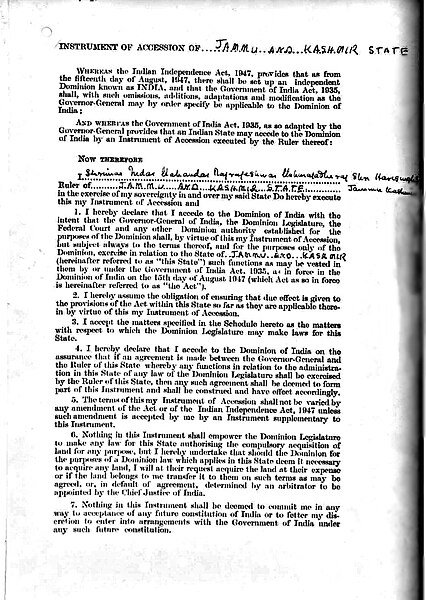The history of Kashmir is intertwined with the history of the broader Indian subcontinent in South Asia with influences from the surrounding regions of Central, and East Asia. Historically, Kashmir referred to only the Kashmir Valley of the western Himalayas. Today, it denotes a larger area that includes the Indian-administered union territories of Jammu and Kashmir and Ladakh, the Pakistan-administered territories of Azad Kashmir and Gilgit-Baltistan, and the Chinese-administered regions of Aksai Chin and the Trans-Karakoram Tract.
This general view of the unexcavated Buddhist stupa near Baramulla, with two figures standing on the summit, and another at the base with measuring scales, was taken by John Burke in 1868. The stupa, which was later excavated, dates to 500 CE.
Kanishka inaugurates Mahayana Buddhism in Kashmir.
Portable shrine with image of the Buddha, Jammu and Kashmir, 7-8th century.
Martand Sun Temple Central shrine, dedicated to the deity Surya. The temple complex was built by the third ruler of the Karkota dynasty, Lalitaditya Muktapida, in the 8th century CE. It is one of the largest temple complex on the Indian Subcontinent.
Instrument of Accession (Jammu and Kashmir)
The Jammu and Kashmir Instrument of Accession is a legal document executed by Maharaja Hari Singh, ruler of the princely state of Jammu and Kashmir, on 26 October 1947.
P1. Instrument of accession Kašmir
P2. Instrument of accession Kašmir






